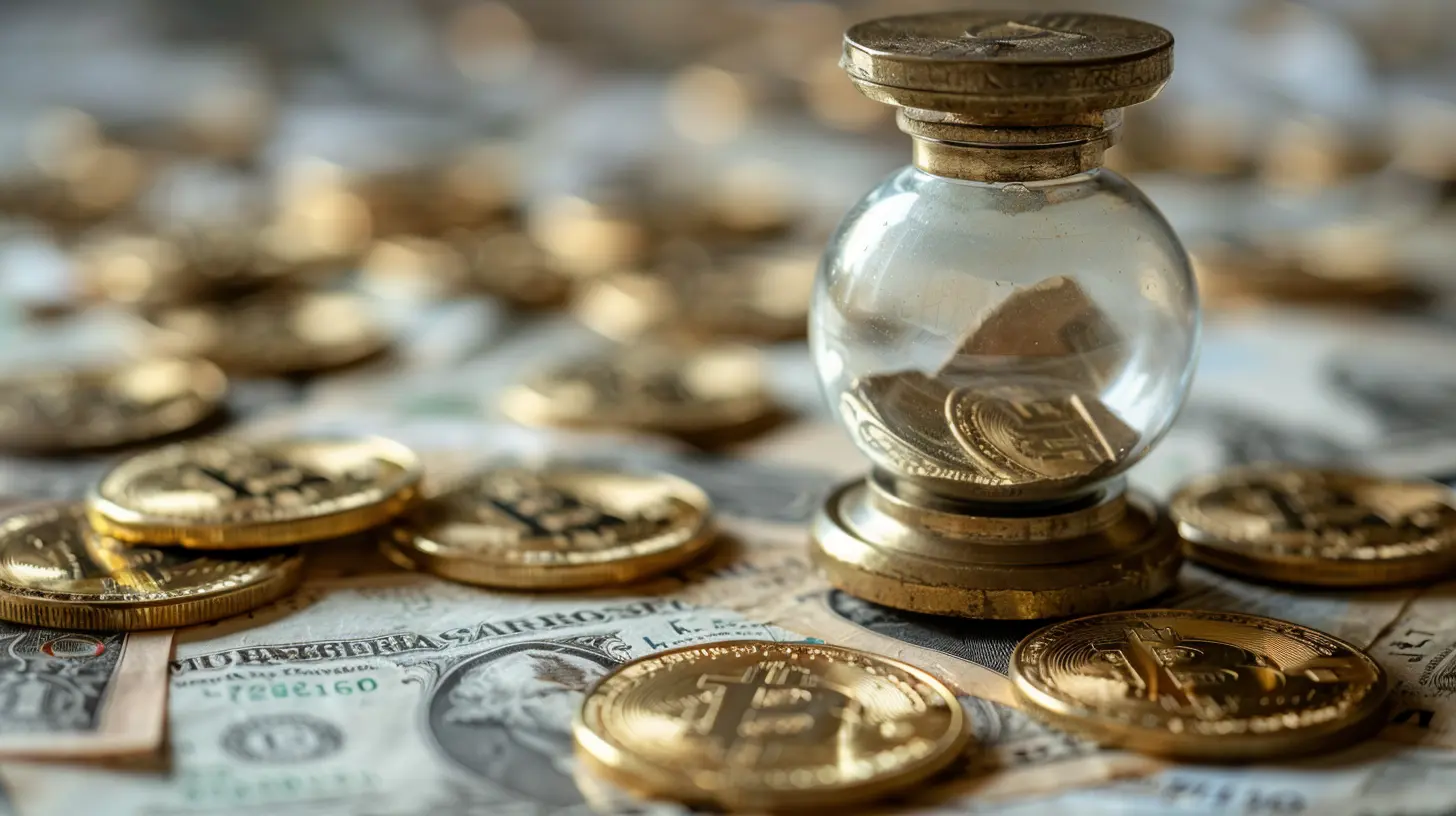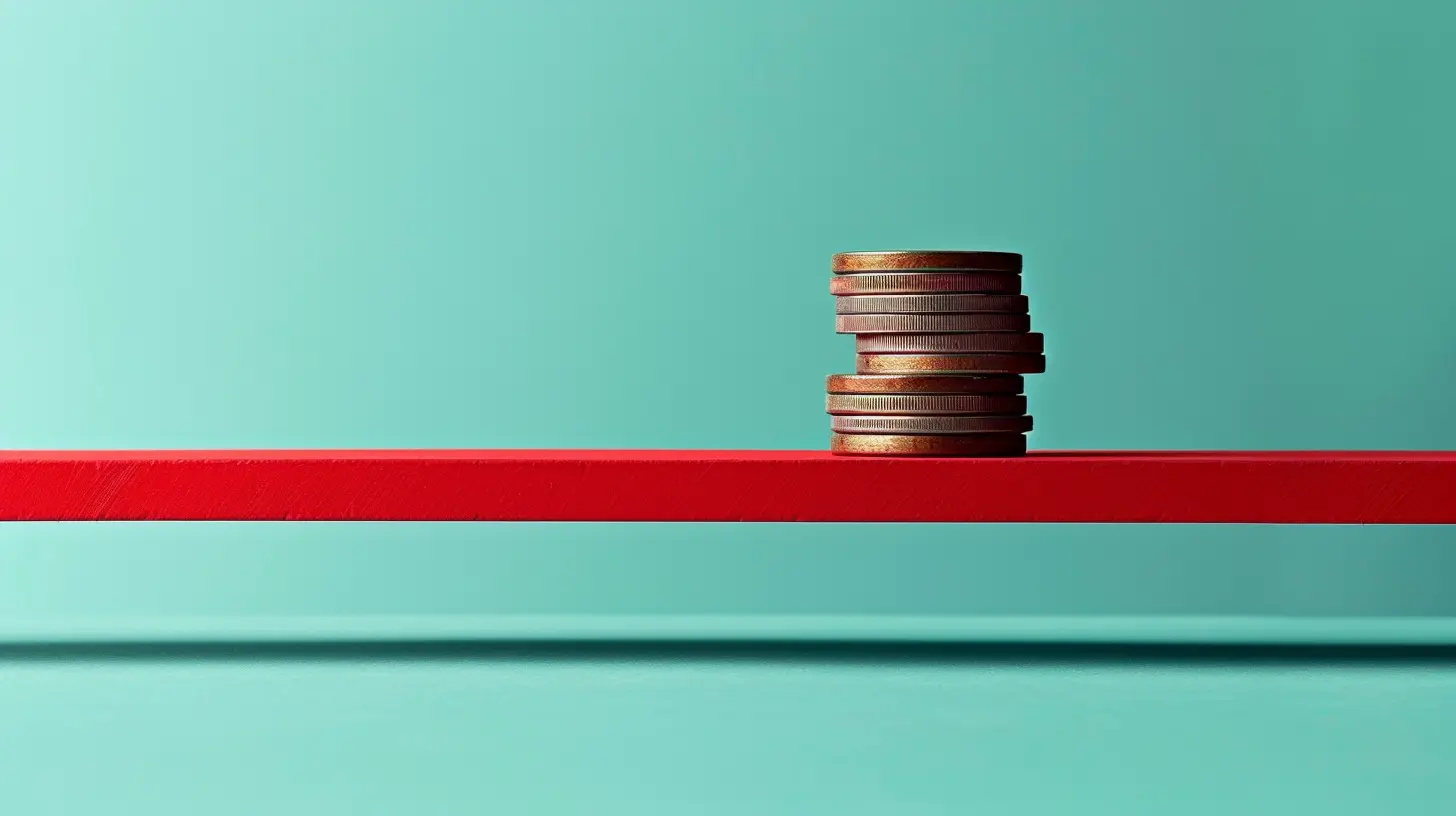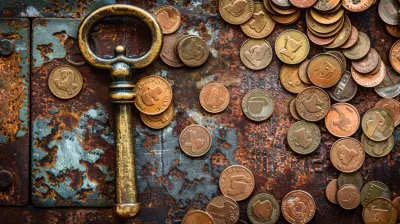How to Balance Debt Repayment and Emergency Fund Savings
11 October 2025
Let’s face it — juggling debt and building an emergency fund can feel like trying to pat your head and rub your belly at the same time. You're probably wondering, "Should I slam all my extra cash into paying off debt? Or is it smarter to stash it in an emergency fund?" Spoiler alert: it's not a one-size-fits-all solution. But don't worry — we'll break it down so it makes sense and (hopefully) feels way less overwhelming.
This guide will walk you through how to balance debt repayment and emergency fund savings without losing your sanity — or your financial footing.
Why This Balance Matters More Than You Might Think
Imagine driving without a spare tire and realizing you’ve got a slow leak in your front left. That's kinda what it’s like focusing 100% on debt repayment without saving anything for emergencies. One unexpected event — a medical bill, car trouble, or even a layoff — could send you spiraling back into more debt.On the flip side, hoarding every cent into an emergency fund while ignoring high-interest debt? That's like filling buckets with water while ignoring the gaping hole in your boat’s bottom.
The trick is finding that sweet spot where you're patching the hole AND planning for the next storm.
Understanding the Basics: Debt vs Emergency Fund
Before we dive into strategy, let’s get on the same page about what we’re actually talking about.What’s Considered “Debt”?
Debt comes in all shapes and sizes — credit card balances, student loans, personal loans, mortgages, car loans, you name it. But they're not all created equal. Some come with sky-high interest rates (hey there, credit cards), and others are low-interest and manageable (like federal student loans or a mortgage).What’s an Emergency Fund?
Simply put, it’s your financial safety net. It’s the cash you set aside specifically for life’s “oh crap” moments — think hospital visits, job loss, or emergency car repairs. This isn’t fun money or vacation cash. It’s peace-of-mind money.
The Case for an Emergency Fund — Even When You're in Debt
You might think it makes zero sense to save while you owe money. But hear us out.Without a rainy-day fund, every emergency becomes a financial crisis. You'll just end up putting unexpected expenses on a credit card, digging your debt hole deeper.
Having even a small emergency fund can keep that debt from growing. So while paying off debt aggressively sounds financially heroic, it might actually cost you more in the long run if you're not prepared for curveballs.
Goal: Start with a mini-emergency fund of at least $1,000. It's not huge, but it can handle basic surprises.
Prioritize High-Interest Debt First — But Strategically
Let’s talk about interest. Interest is basically the fee you pay for borrowing money. And credit cards? They’re the most expensive debt you can carry.If your debt has double-digit interest rates, it’s costing you big time.
Strategy tip: Once you've saved your mini-emergency fund, start knocking out high-interest debt while continuing to save slowly on the side.
Think of it this way: your emergency fund is your umbrella, and attacking high-interest debt is like fixing the hole in your roof. You need both if you don't want to get soaked.
The 50/30/20 Rule: Your Budgeting Best Friend
Ever heard of the 50/30/20 rule? It’s a simple budgeting method that can help you balance your money better.- 50% Needs: Rent, utilities, groceries, minimum debt payments.
- 30% Wants: Dining out, Netflix, travel.
- 20% Savings and Debt Repayment: This is where the magic happens.
That last 20% is your golden zone. Split it between building your emergency fund and paying down extra debt, depending on your situation.
So, How Do You Actually Balance It?
Okay, let’s get to the nitty-gritty. Here’s a step-by-step strategy that blends financial logic with real-life practicality.Step 1: Build a Small Emergency Fund First
Before you throw every extra dime at your debt, sock away $500–$1,500 in a high-yield savings account.This is your buffer. It’s your “just in case” money while you're on your debt-smashing journey.
Step 2: List Your Debts (and Know Your Interest Rates)
Make a list — and yes, it might sting a bit — of everything you owe. Include balances, minimum payments, and interest rates.This helps you clearly see which debts are costing you the most and build a realistic repayment plan.
Step 3: Choose a Debt Payoff Method
There are two popular methods:- Debt Snowball: Pay off the smallest debt first for quick wins and motivation.
- Debt Avalanche: Focus on the highest-interest debt first to save the most money.
Pick the one that keeps you motivated and consistent. This is a marathon, not a sprint.
Step 4: Keep Building That Emergency Fund Slowly
While you're powering through your debt, keep channeling a small chunk each month into your emergency fund. Even if it’s $25 or $50, it adds up.Once your high-interest debt is gone, go all-in and aim for 3–6 months’ worth of living expenses.
What If You’re Living Paycheck to Paycheck?
Yeah, we hear you.When money’s tight, it can feel impossible to save OR pay extra on your debt. But don’t panic — this is where micro-strategies shine.
- Cut back on small expenses: Eat out one less time per week. Cancel unused subscriptions.
- Use windfalls wisely: Tax refunds, bonuses, birthday cash — split them between savings and debt.
- Try side hustles: Drive for Uber, freelance online, sell stuff you don’t use. Even an extra $100/month can give you room to breathe.
Remember, this isn't forever. Tiny changes can make a big difference over time.
Tools & Resources to Help You Win
You don’t have to go it alone. There are plenty of free tools to keep you on track:- Budgeting apps: Mint, YNAB (You Need A Budget), EveryDollar
- Debt payoff calculators: NerdWallet, Undebt.it
- Savings apps: Digit, Qapital, Ally Bank
These can make planning automatic and less stressful, and they keep you accountable over the long haul.
When It’s Okay to Pause One for the Other
Balancing doesn’t always mean “do both equally all the time.” Life happens. Some situations may call for a pivot.Pause Emergency Savings If:
- You're drowning in 20%+ interest debt.- You already have a mini-fund and a stable income.
- There's no immediate financial risk.
Pause Extra Debt Payments If:
- You don’t even have $500 saved.- You're in an unstable job.
- You or your family have chronic medical issues or other volatility.
Being flexible doesn’t mean being flaky. It’s smart strategy.
Making Peace with Progress Over Perfection
At the end of the day, perfect balance is a myth. Some months, you’ll crush your debt goals. Other months, an emergency will come along and mess things up. That’s life.What’s important is consistency — not perfection.
Rome wasn’t built in a day, and your financial freedom won’t be either. But with every dollar you save or debt you pay down, you’re building a stronger foundation.
Just stay in the game.
Final Thoughts
Managing money is as much about mindset as it is about math. Balancing debt repayment and emergency fund savings isn’t about picking sides — it’s about playing smart, protecting yourself, and building a future that’s not constantly teetering on the edge.So go easy on yourself. Make a plan. Stick to it as best you can. And remember, every small win puts you one step closer to freedom.
You’ve got this.
all images in this post were generated using AI tools
Category:
Emergency FundAuthor:

Audrey Bellamy
Discussion
rate this article
1 comments
Niva McLaury
Great insights! Balancing debt repayment and savings is crucial for financial stability. Appreciate the practical tips shared in this article!
October 15, 2025 at 3:03 AM

Audrey Bellamy
Thank you! I'm glad you found the tips helpful for achieving financial stability.


